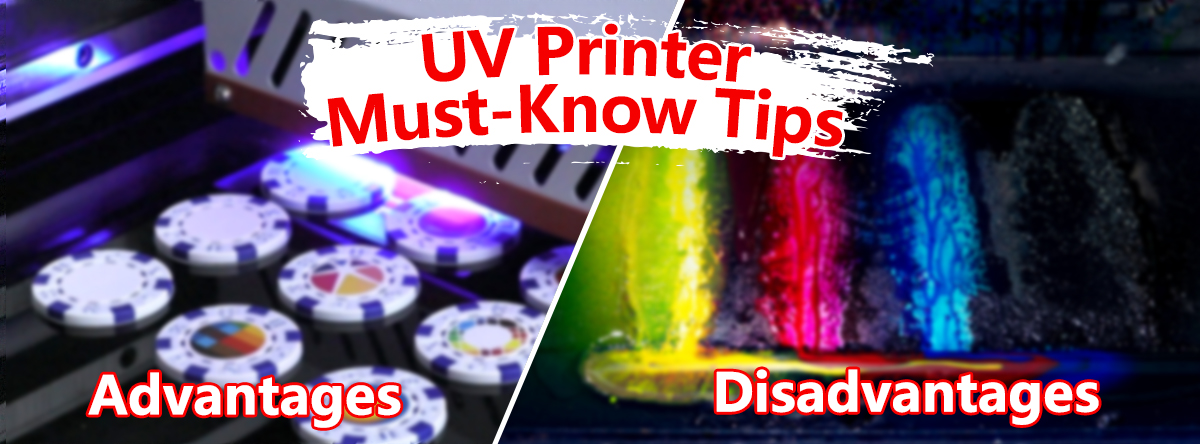As the market shifts towards more personalized, small-batch, high-precision, eco-friendly, and efficient production, UV printers have become essential tools. However, there are important considerations to be aware of, along with their advantages and market benefits.

Advantages of UV Printers
Personalization and Efficiency
UV printers cater to individual needs by allowing designs to be modified freely on a computer. The final product mirrors what is seen on the screen, speeding up the transition from design to production. Traditional processes that took days can now be completed in 2-5 minutes, making it ideal for small-batch, diverse, and efficient production. The short workflow eliminates post-processing steps like steaming and washing.
Eco-Friendly Production
UV printers are controlled by computers and use ink only as needed, minimizing waste and eliminating wastewater pollution. The printing process is noise-free, aligning with green production standards.
Quality and Versatility
UV printers offer vibrant color ranges and can effortlessly handle full-color and gradient prints at photo-level quality. They create detailed, rich, and lifelike images. The use of white ink can produce embossed effects, adding an artistic touch. The process is simple - just like using a home printer, it prints instantly and dries immediately, showcasing immense potential for future development.
Things You Need to Know Before Buying a UV Printer
- Ink Cost: The cost of UV ink is about double that of regular water-based ink. Choosing a UV printer should be based on the specific material requirements of your projects, as each type of printing equipment excels in different areas.
- Product Limitations: Currently, UV printers are best for flat products. They struggle with round or curved surfaces, and even with flat products, the print gap(between the print head and the media) should be within 2-8mm to maintain ideal printing quality.
- Market Variability: The market can be tricky, with a mix of genuine and modified Epson machines. Some sellers may not disclose the machine's limitations, which may make it unsuitable for particular products like ceramic or glass. Always investigate thoroughly.
- Printing Speed: Speed is crucial in this industry, and UV flatbed printers are often slower than expected. Verify the actual printing speed as it can differ significantly from manufacturer claims.
- Price Consistency: There is significant price variation among manufacturers. Prices can differ even for seemingly similar machines, leading to potential misunderstandings and dissatisfaction. Ensure you are comparing machines with identical specs to avoid unexpected issues.
How to Make the Right UV Printer Purchase
Here are some practical tips from experienced customers:
- Test Your Products: Print samples using your own products to ensure the quality meets your expectations.
- Visit the Manufacturer: Do not rely solely on advertisements. Visit the factory, see the machines in action, and assess the printing results in person.
- Know Your Machine: Be clear on the series and configuration of the machine you need. Avoid modified Epson machines unless they suit your needs.
- Verify Speed and Service: Confirm the machine’s printing speed and the manufacturer’s after-sales service capabilities.
Buying a UV flatbed printer is a significant business investment, different from purchasing consumer goods like clothing. Carefully examine the machines to ensure they support the success of your enterprise.
Post time: Jun-17-2024
